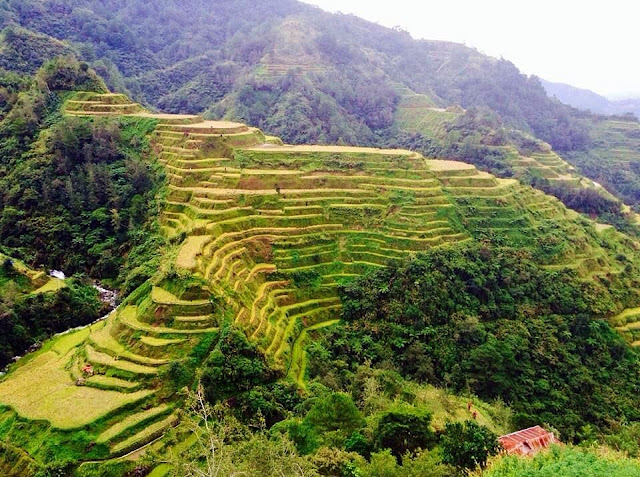Journey Into Ancient Egypt, Part 2: Along the Nile River
As I alluded to in my previous post, the story of ancient Egypt was predicated by the rising and setting sun. The east bank, where the sun rose, was the side of birth. The west bank, where the sunset, was the side of death. All the Ancient Egyptian pyramids and tombs were constructed on the west side of the Nile River. The Nile River may have not played a central part in Ancient Egyptian spirituality, but it was the lifeblood of Egypt. The fertile soil along the banks of the river made it easy for towns to form and helped build civilization.

The following morning, I made sure to wake up early and take photos of the sunrise. It did not disappoint but it was not as bright as the sunrise I saw during our first day in Luxor. The whole sky was painted orange.
Next, we stopped in the town of Edfu to visit the Temple of Edfu, uncovered under the sand in the 1860s and the most well-preserved temple in Egypt. It is also known as the Horus Temple as it was dedicated to the falcon-headed God, Horus. Our guide described it as the most beautiful temple in Egypt. The layout was typical of the temples we visited earlier on this trip: entrance, gate or pylon, courtyard, hypostyle hall and chapel dedicated to other Egyptian Gods. What was striking to me and what set it apart from the other temples I saw was the massive gate that stood at the entrance and the hieroglyphics inside – all the walls were covered with hieroglyphs.

The Temple of Kom Ombo is most associated with crocodiles because 300 crocodile mummies were found in the temple. And I got to see some of these crocodile mummies at the nearby Crocodile Museum. The sun started to set as I left the temple. And once again, its reflection highlighted the pillars giving them a salmon-colored hue, and literally giving me a perspective on the temple location, which by the way, another feature that set it apart from the other temples I visited. (BTW... It's hard to explain this perspective, but if you watch the video above, you'll see it at the end of the video).
Our visits to the temples were done in the early morning or late afternoon to avoid the heat and intense sun. Most middays were spent lounging atop the riverboat and enjoying some lovely scenery along the stretch of water walled by lush farmlands line with date palm trees, and dry desert hills. Local farmers still live their simple lives, herding camels, and farm animals through the shallow waters and harvesting greens and papyrus reeds (perhaps?) and hauling their harvest in their tiny boats.
Seeing a slice of simple, pastoral life from the deck of a riverboat and visiting temples along the way gave me a glimpse into ancient Egypt. Admittedly, I was sad to not have been able to try more Egyptian food and experience more of present-day Egypt. My interaction with the locals was limited to the hawkers and kids selling maps, 'papyrus everything' and souvenirs at the docks and tourist sites. We had a police escort to all the sites we visited, that I felt like a well-protected tourist. Considering that this had been a long-awaited trip (due to the State Department's advisory or warnings about traveling to Egypt), I was very pleased with my experience as a 'tourist' journeying through ancient Egypt.
PHOTO GALLERY:
 |
| Hawkers following our boat |
 |
| And commerce begins after sunset |
 |
| Horse's feed harvested from the banks of the Nile |
 |
| Going through the lock at night |
 |
| One of the many riverboats cruising the Nile |
NOTE: All photos and video by the author





This information is meaningful and magnificent which you have shared here about the nile cruise Egypt. I am impressed by the details that you have shared in this post and It reveals how nicely you understand this subject. I would like to thanks for sharing this article here.
ReplyDeleteNice article, Which you have shared here about the Egypt. Your article is very informative and useful to know more about the best budget egypt tours. Thanks for sharing this article here.
ReplyDelete